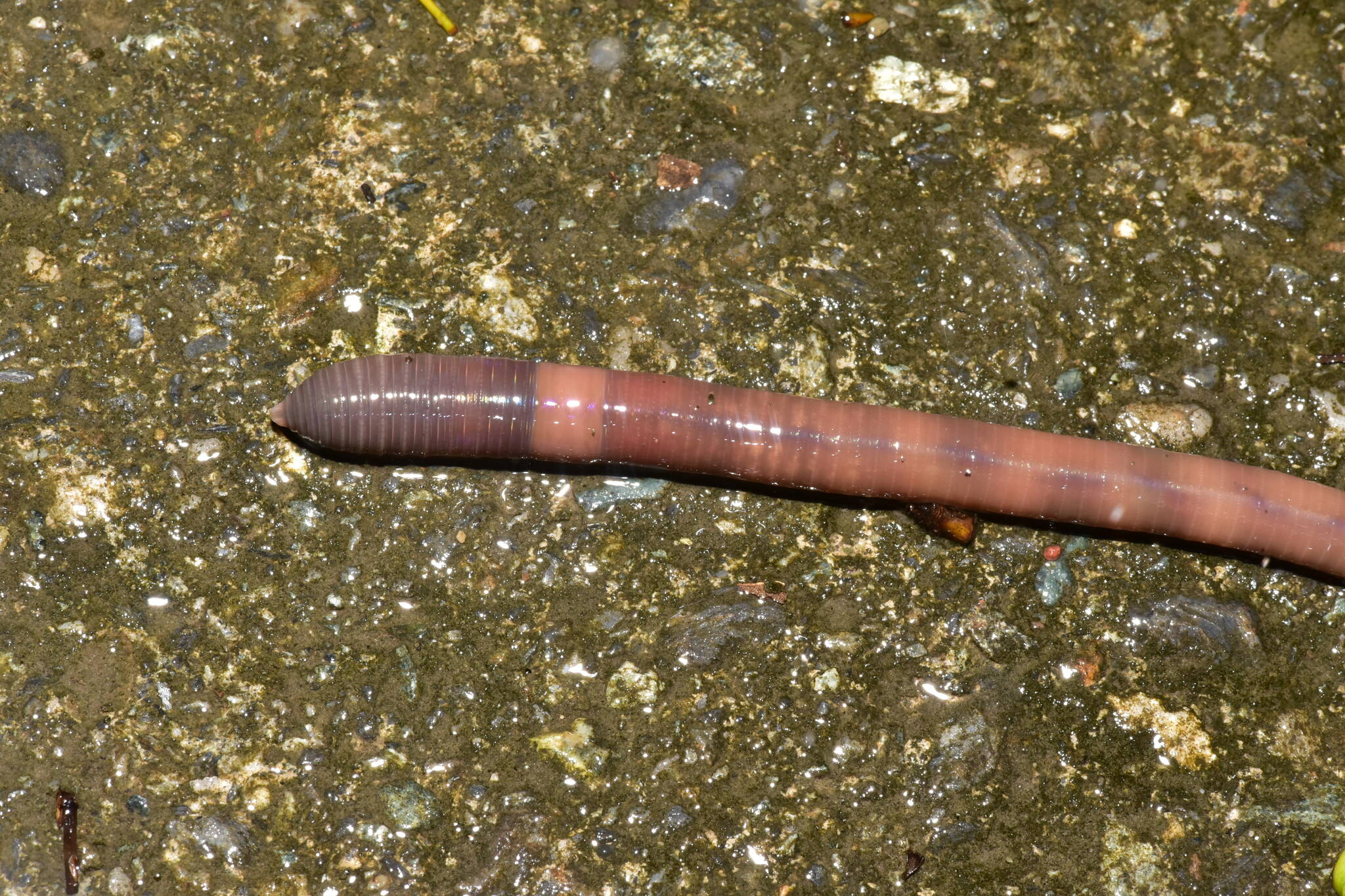
Creepy jumping worms are invading Toronto and you should kill them on sight
You might see a few worms this week as a deluge of rain quenches the drought that briefly left the northeast a parched, burning desert. But if those worms are thrashing about, as if attending some kind of freaky invertebrate rave, you probably have yourself an invasive and potentially destructive problem.
Known as jumping worms (a pretty unpleasant two-word combination), Asian pheretimoid worms, or Amynthas, are a relatively new one on the invasive species list for Ontario.
They were first documented in Canada in 2014, but reports have skyrocketed in the spring and fall since 2021, many originating from right here in Toronto. For six months a year, they lurk in larval stages before emerging in wriggling masses in May and June.
The colloquial name for the worms is a bit misleading, as they aren't likely to spring high into the air and latch onto your face like some alien attack blockbuster. Instead, they engage in a sort of mosh-pit-like hoedown of violent thrashing that scientists more boringly describe as an "increased rate of movement."
Even when they aren't thrashing about like it's a Metallica concert in the 90s, these enormous worms are fairly easy to identify. First of all, they are freakin' huge, growing much plumper and longer — up to eight inches — than typical earthworms.
However, the biggest giveaway is that these things often cluster together in terrifying twisted masses that include as many as 100 worms per square metre, a product of their rapid reproduction and lack of natural predators in this environment.
Okay, so we've established that jumping worms are disgusting nightmare fuel. But there are far better reasons to terminate the creatures from your gardens with extreme prejudice like you're Martin Sheen hunting a late-career Marlon Brando.
Worms, in general, play an important role in nature, breaking down decaying leaf matter and enriching soil.
Jumping worms operate the same way, but their size, speed, and abundance mean that this breakdown of matter occurs at a hyper-accelerated rate, turning the soil into a dry, grainy substrate more akin to coffee grounds than a hospitable place for plant growth.
Invasive jumping worms have descended upon Toronto and it's super gross https://t.co/ZRMhFRo4dU #Toronto #Worms
— blogTO (@blogTO) October 29, 2021
A 2021 study on the invasive worms' rapid spread through the region tracked them to gardens and ravines in Toronto, where they pose the risk of causing ecological damage. It's a problem so severe that a report from Inside Edition recommended just killing the things on sight.
The worms have travelled far from their origin point in Japan and the Korean peninsula, and have spread at an alarming rate since making landfall in North America.
It is believed that jumping worms' main means of transport is through hitchhiking in bagged soil and potted plants shipped around the continent.
Latest Videos
Latest Videos
Join the conversation Load comments







